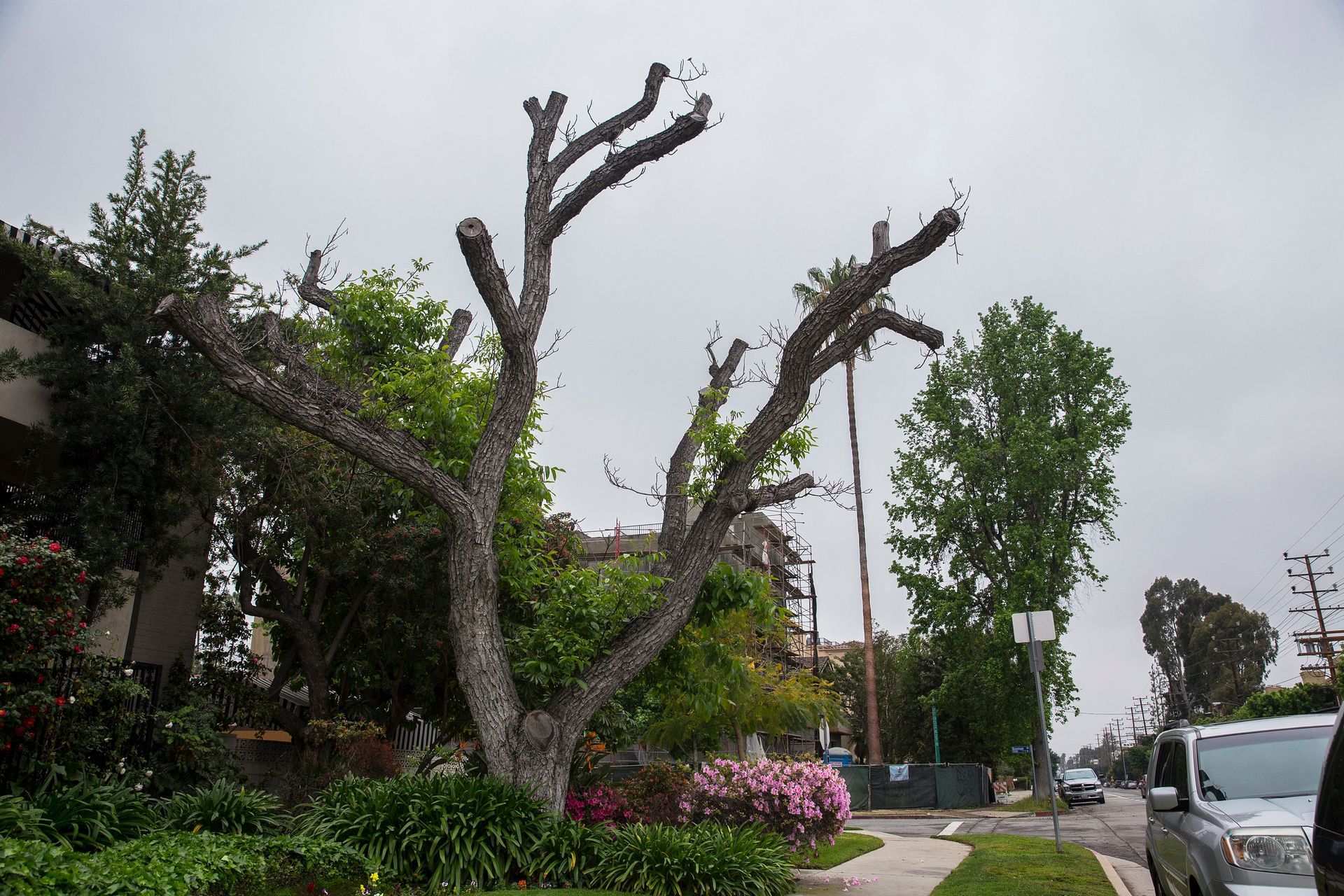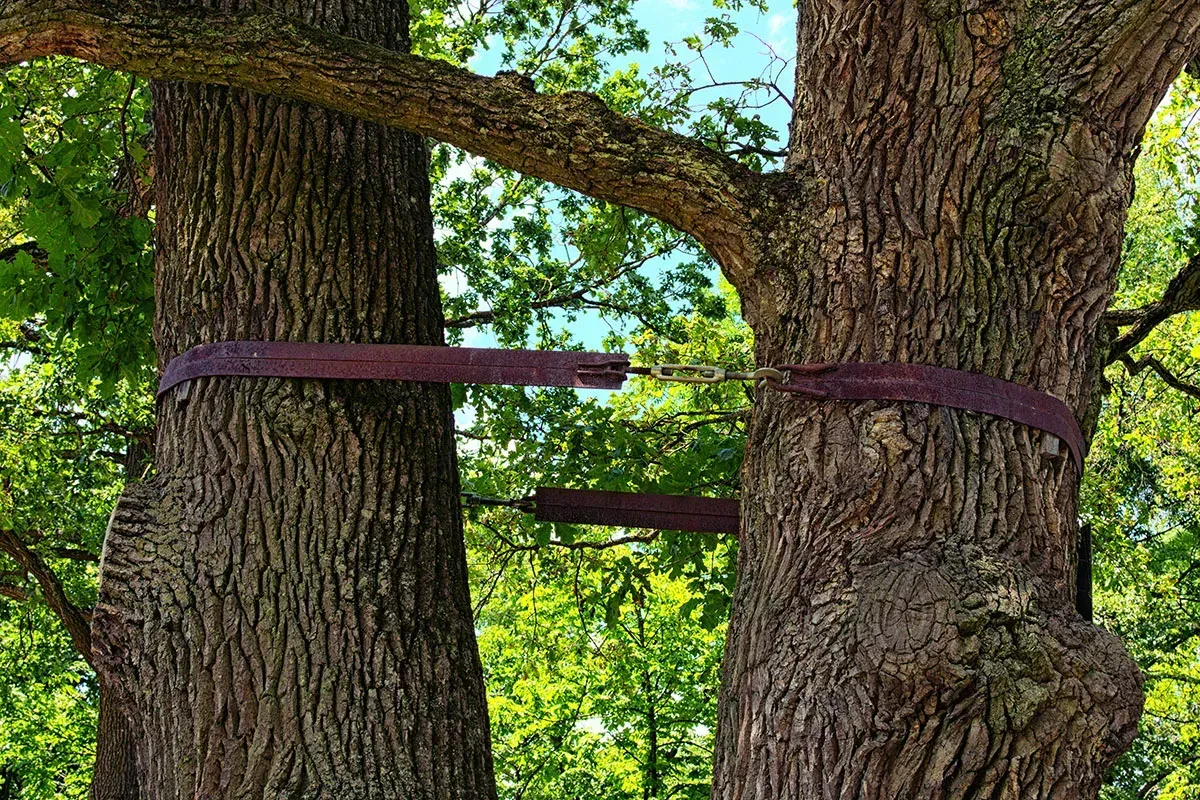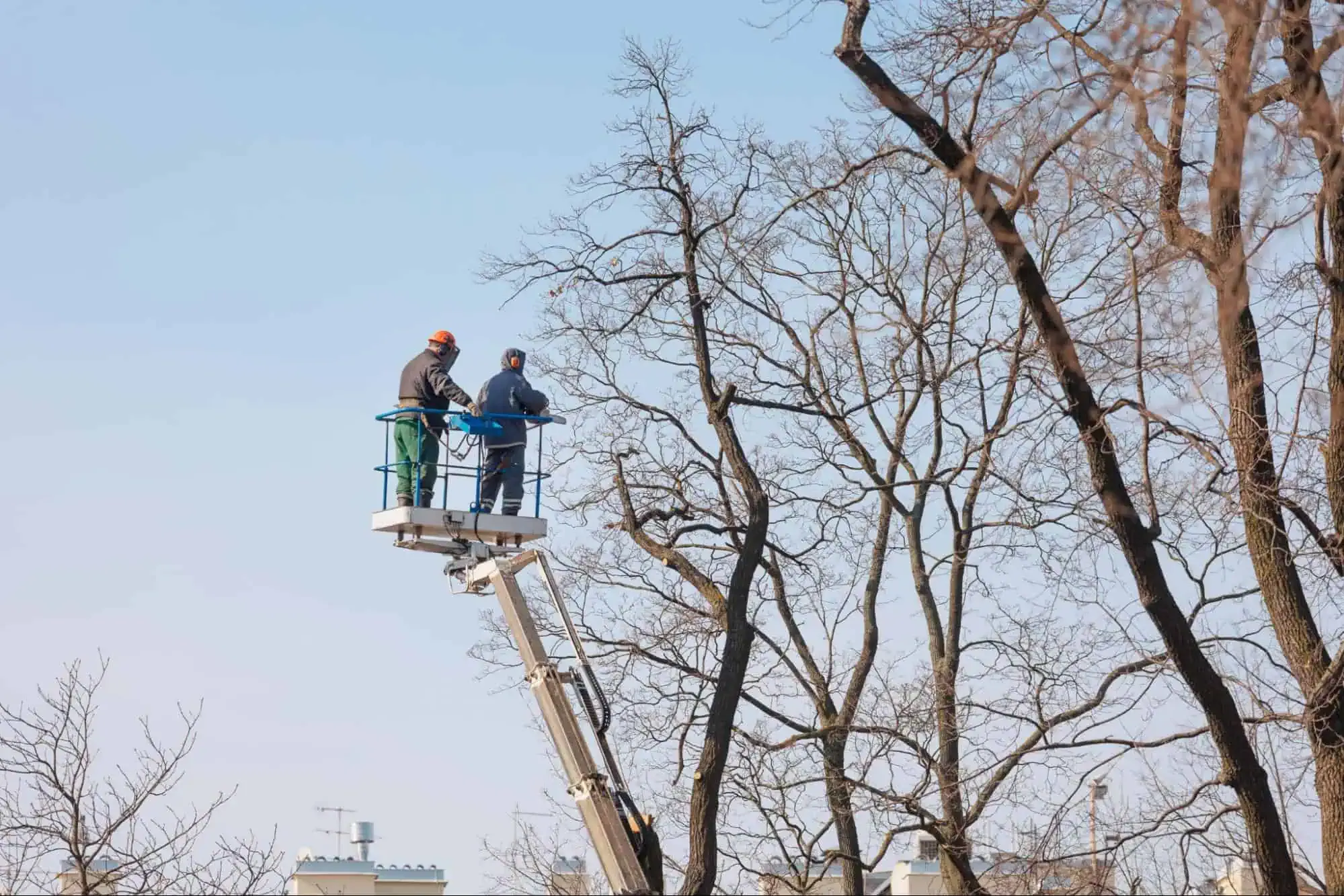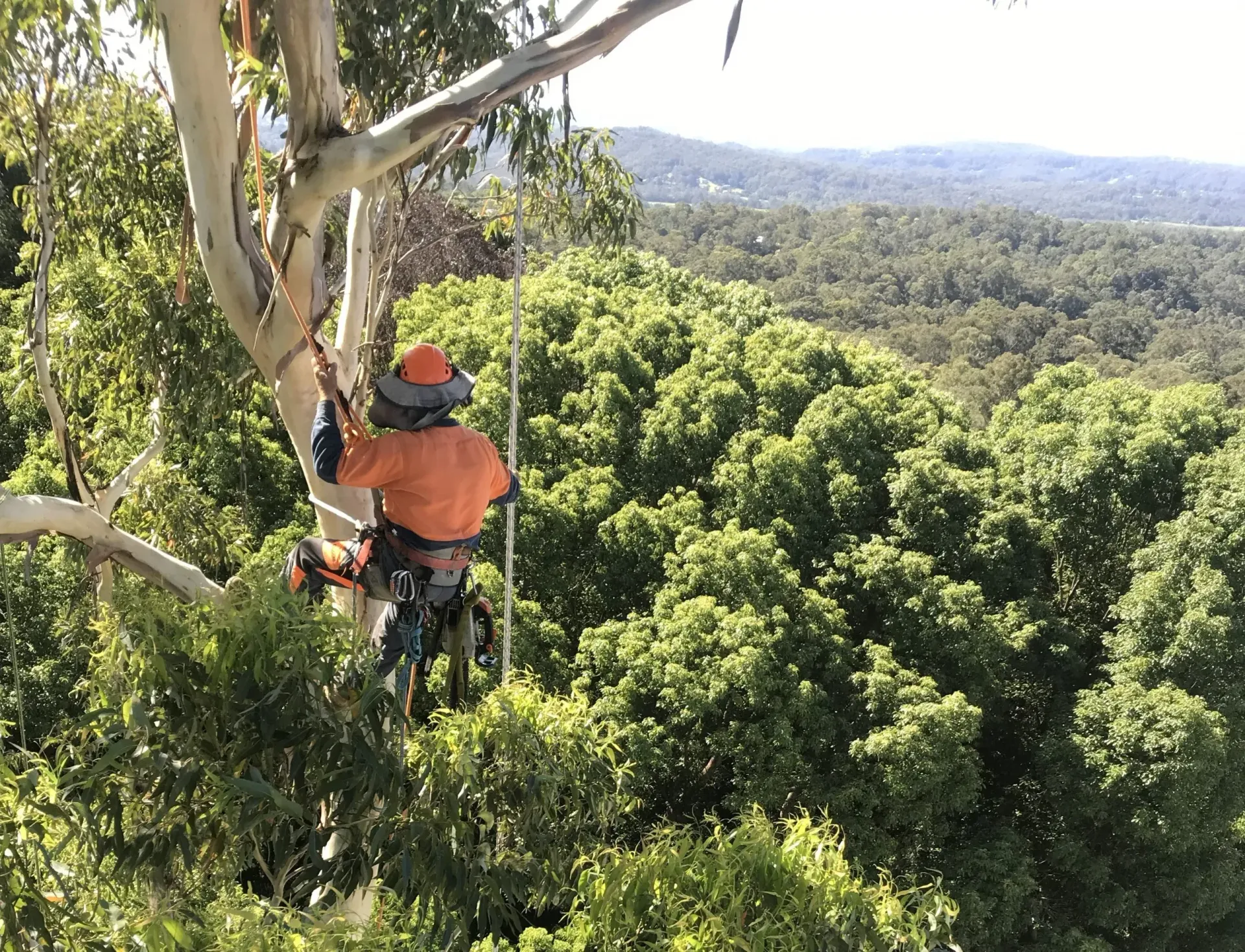The Importance of Mature Tree Pruning for Long-Term Tree Health
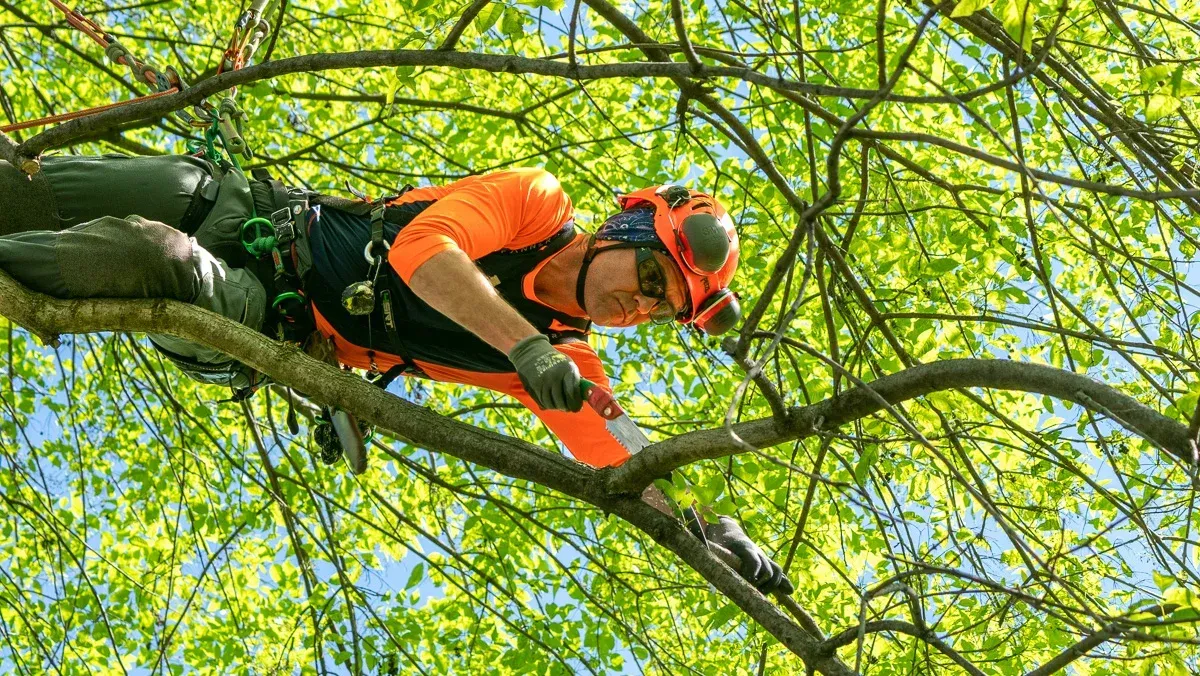
Trees add beauty, shade, and value to any property, but keeping them healthy requires ongoing care. Mature tree pruning plays a crucial role in maintaining tree structure, promoting growth, and preventing potential hazards. While many homeowners focus on young tree maintenance, older trees need just as much attention to thrive.
When done correctly, safe tree pruning enhances tree longevity and prevents structural issues that could lead to breakage or disease. However, improper techniques can cause stress, weaken branches, and even introduce decay. In this guide, we’ll break down the essential benefits of damage-free pruning, the best practices for maintaining mature trees, and when to seek professional assistance.
Why Mature Tree Pruning is Essential
Over time, trees grow dense canopies and develop heavy branches that may become hazardous. Without routine care, deadwood and weak limbs increase the risk of breakage, especially during storms. Here’s why mature tree pruning is necessary for long-term tree health:
- Prevents Disease and Decay – Removing infected or dying branches stops the spread of disease and improves overall tree resilience.
- Encourages Stronger Growth – Strategic pruning directs nutrients to healthy areas, fostering vigorous growth.
- Enhances Structural Integrity – Weak limbs and overextended branches can lead to structural failure. Pruning reduces these risks.
- Improves Sunlight and Air Circulation – Thinning out crowded areas allows more light to reach lower branches and improves airflow, reducing fungal growth.
- Reduces Safety Hazards – Dead or overhanging branches pose dangers to people, buildings, and power lines. Regular pruning minimizes these risks.
Ignoring safe tree pruning can lead to weakened trees, costly property damage, and even personal injury. By staying proactive, we protect both our landscape and our investment.
Best Practices for Safe Tree Pruning
Not all pruning methods are beneficial, and improper cuts can harm a tree more than help it. To achieve damage-free pruning, it's important to follow best practices tailored to mature trees.
1. Identify the Right Branches to Prune
Not all branches should be removed. Focus on cutting:
- Dead, dying, or diseased limbs
- Branches growing inward or rubbing against others
- Overextended limbs that could snap in high winds
- Water sprouts and suckers that drain energy from the tree
Removing too many healthy branches at once can weaken a tree. The key is to prune selectively and strategically.
2. Use Proper Pruning Techniques
To ensure safe tree pruning, it's essential to follow these techniques:
- Three-Cut Method for Large Branches – Start with an undercut, followed by a top cut, and then remove the stub. This prevents bark tearing.
- Angled Cuts Near the Branch Collar – Cutting too close or leaving stubs can cause decay. Always prune just outside the branch collar.
- Avoid Topping – Cutting off large sections of the canopy weakens the tree, encourages weak regrowth, and leads to long-term damage.
Using sharp, sterilized tools is also crucial to preventing disease transmission.
3. Prune at the Right Time of Year
Timing matters when it comes to mature tree pruning. The best pruning window depends on the tree species:
- Late Winter to Early Spring – Ideal for most trees, as they are still dormant and can recover quickly before new growth begins.
- Summer Pruning – Helps control excessive growth but should be done lightly.
- Avoid Fall Pruning – This can leave trees vulnerable to disease and pests during winter months.
Understanding seasonal timing helps ensure trees heal properly and continue thriving.
Common Pruning Mistakes to Avoid
While pruning benefits trees, mistakes can lead to long-term damage. To ensure damage-free pruning, avoid these common errors:
- Over-pruning – Cutting off too much foliage at once weakens the tree’s ability to produce energy.
- Improper Cuts – Leaving stubs or cutting too close to the trunk can invite pests and disease.
- Using Dull or Dirty Tools – Dull blades make jagged cuts, while unclean tools spread infections between trees.
- Ignoring Safety Precautions – Pruning large trees can be dangerous. If a tree is too tall or near power lines, professional help is necessary.
These mistakes can compromise tree health, leading to unnecessary stress and decline.
When to Hire a Professional for Mature Tree Pruning
While homeowners can handle small-scale pruning, mature trees often require specialized care. Professional arborists have the training and equipment needed to perform safe tree pruning without causing harm.
Consider hiring a professional if:
- The tree is too large to reach safely
- Branches are near power lines or structures
- You’re unsure which branches to remove
- The tree shows signs of disease or decay
At
Sunshine Tree & Landscape, we specialize in
damage-free pruning techniques that enhance tree health while preserving their natural beauty. Our team follows industry-best practices to ensure every cut benefits the tree’s longevity.
Conclusion: Preserve Tree Health with Damage-Free Pruning
Regular mature tree pruning is essential for keeping trees strong, healthy, and visually appealing. By removing deadwood, enhancing structure, and preventing disease, we ensure trees remain an asset rather than a liability.
Whether you’re tackling a small pruning job or need professional assistance for larger trees, following safe tree pruning techniques is key to long-term success. For expert care, trust the professionals at Sunshine Tree & Landscape.
Call us today at
908-387-1111 or send us an email at
suntree@ptd.net to schedule a consultation.. Let’s keep your trees thriving for years to come!
Frequently Asked Questions
1. How does regular mature tree pruning benefit tree health?
Routine mature tree pruning promotes healthy growth by removing dead, diseased, or weak branches. This process enhances air circulation, reduces the risk of pest infestations, and prevents structural issues that could lead to breakage. Proper pruning also helps trees allocate nutrients more effectively, leading to stronger and more resilient growth.
2. What is the safest method for safe tree pruning?
The best approach to safe tree pruning is to use the three-cut method for large branches, make angled cuts near the branch collar, and avoid excessive pruning at one time. Using sharp, sterilized tools minimizes the risk of infection, while pruning during the right season ensures optimal healing and regrowth
3. Can improper damage-free pruning harm a tree?
Yes, improper damage-free pruning can weaken a tree rather than strengthen it. Cutting too close to the trunk, leaving long stubs, or removing too much foliage can stress the tree, making it more susceptible to disease and decay. Following correct pruning techniques helps maintain tree integrity and long-term health.
4. When is the best time of year for mature tree pruning?
The ideal time for mature tree pruning depends on the species, but in general, late winter to early spring is best. This allows the tree to recover before the growing season begins. Light pruning in summer can help control excessive growth, but fall pruning should be avoided to prevent disease susceptibility
5. Should I hire a professional for safe tree pruning?
If the tree is large, near power lines, or has structural issues, hiring a professional for safe tree pruning is highly recommended. Experts ensure damage-free pruning by using proper techniques, minimizing risks, and promoting healthy regrowth. At Sunshine Tree & Landscape, we provide expert tree care to keep your landscape thriving.
New Paragraph
